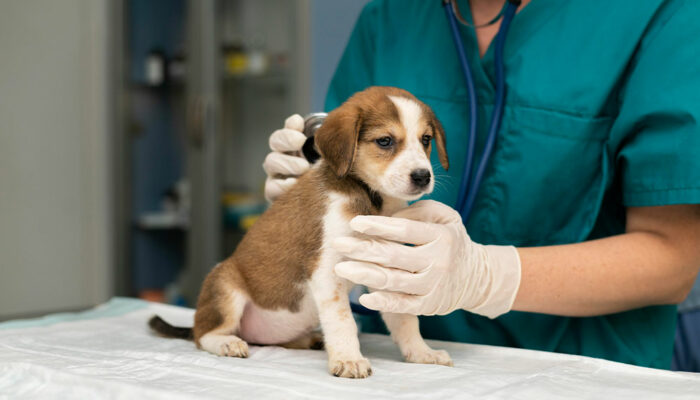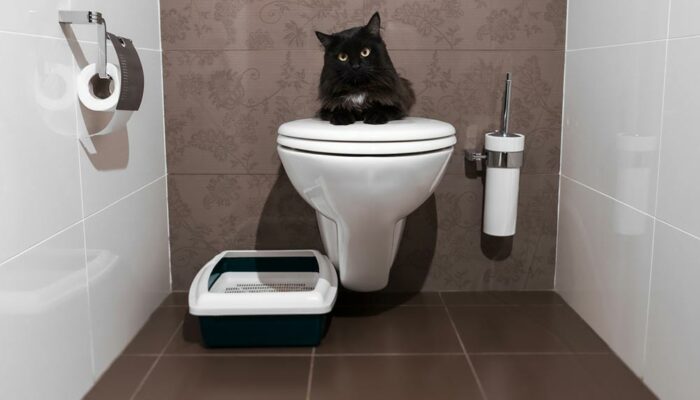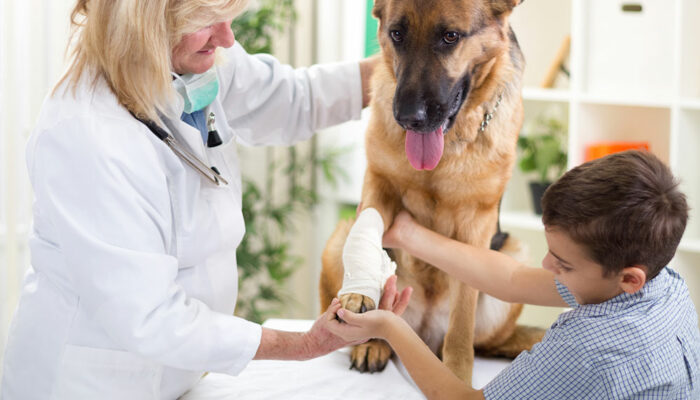
pets
Avoid these 4 mistakes while buying pet insurance
Pets become an inseparable part of the family. This is why, many pet parents immediately seek insurance when they take over the responsibility of their new companion. Pet insurance is an ideal tool to recoup healthcare expenses incurred on the pet’s welfare. However, buying any insurance is a difficult task, so making mistakes is not uncommon during the process. Here are some of the mistakes one can avoid while buying pet insurance: Choosing the policy with the lowest premium While buying any type of insurance policy, one must know the age-old adage— the lowest premium does not equate to the best value. If buyers dither over the premium amount while purchasing policies and choose the cheapest one available, there are chances that the one they have purchased does not provide adequate coverage. Inevitably, this means that once this coverage is exhausted over, say, a treatment for the pet, owners will have to shell out the remaining healthcare fees separately. To avoid burning a hole in one’s pocket, pet owners must buy the policy with the best coverage, not the cheapest one available on the market. Buying insurance too late Several pet owners tend to purchase a policy after their loved one has a health problem.
Read More 






